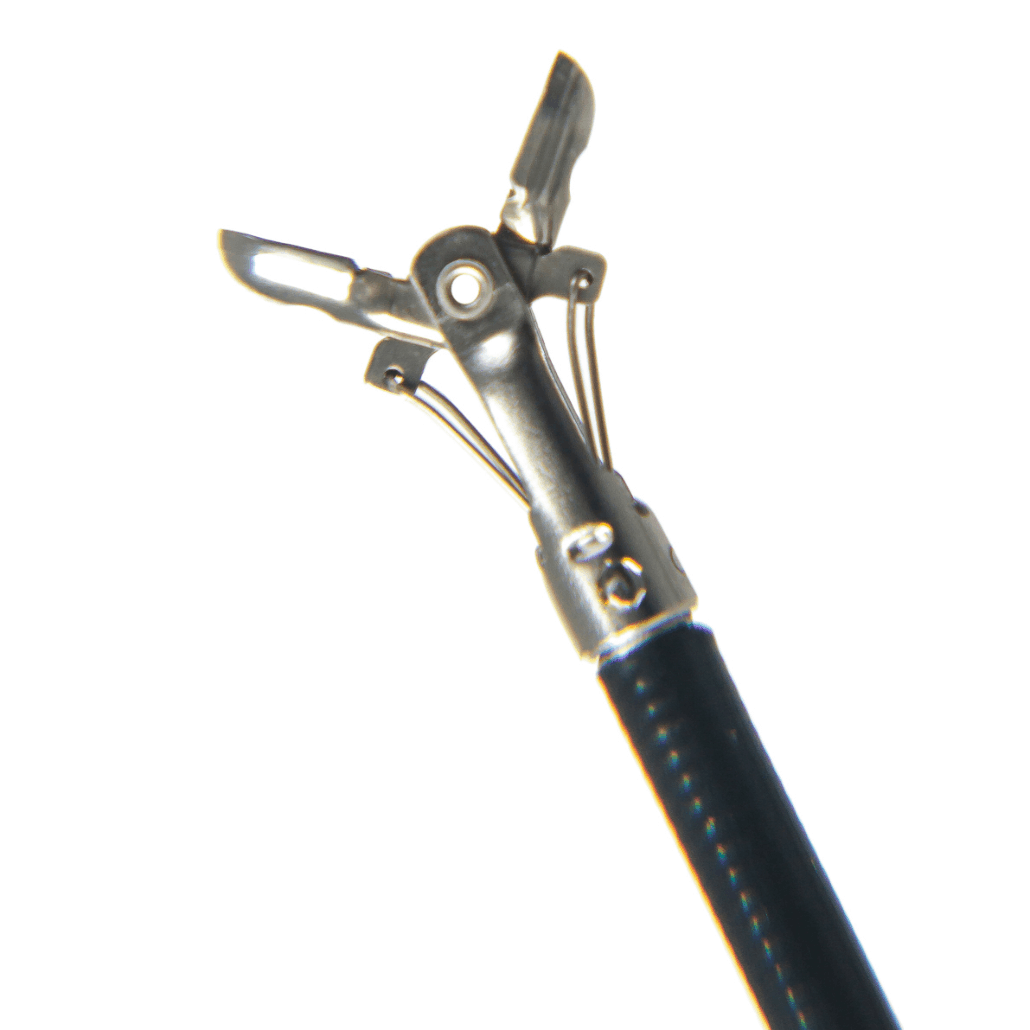

High grade means the cells look very abnormal. They are usually slow growing and are less likely to spread.

Low grade means the cancer cells look like normal cells. Grading refers to the appearance of the cancer cells under the microscope and gives an idea of how quickly the cancer may develop.


Period-like cramps and light bleeding may occur after the D&C and can last for a few days. It is usually done along with a hysteroscopy, and takes a few hours in hospital or at a day procedure clinic under a light general anaesthetic. The walls of the uterus are then scraped gently to remove any material that may remain in the uterus.The material inside the uterus is removed with a small vacuum-like device.The cervix (the opening of the uterus) is dilated (made larger).Dilation and curettageĪ dilation and curettage (D&C) is the most common and accurate way to biopsy tissue from the lining of the uterus. At the end of the procedure, the doctor will remove some tissue to send to a pathologist for examination under a microscope. Hysteroscopy and biopsyĪ hysteroscopy allows your doctor to see inside your uterus by inserting a telescope-like device called a hysteroscope through the cervix. A narrow plastic tube that removes a small sample of endometrial cells using suction is inserted into the uterus.Īn endometrial biopsy might be done at the same time as a hysteroscopy. Your doctor may do an endometrial biopsy (also known as a pipelle biopsy) to examine the cells of your endometrium. If anything appears unusual, the doctor may suggest you have a biopsy. Using the ultrasound, the doctor can look at the size of your ovaries and uterus and the thickness of the endometrium (the lining of the uterus). A computer creates a picture based on the echoes produced when sound waves meet something dense, such as an organ or tumour. It makes sound waves and receives echoes. A small device called a transducer is put into your vagina. This test uses sound waves to create a picture of internal organs. They will also ask you about your medical history. They may also do a vaginal or cervical examination. Physical examination and medical historyĪ doctor will check your body to look for lumps and other signs of cancer, especially around your belly. This is a doctor who has specialist training in cancer of the female reproductive system. Once endometrial cancer is suspected, you should be referred to a gynaecologic oncologist. You might have some or all the following tests to confirm a diagnosis of endometrial cancer. Family history of endometrial cancer or colorectal cancer.Mismatch repair gene mutations (Lynch syndrome).Selective oestrogen receptor modulators.Menopausal hormone therapy (MHT) (also known as hormone replacement therapy).Intrauterine device (IUD) contraception.For Aboriginal and Torres Strait Islander people.Working with Aboriginal and Torres Strait Islander people.


 0 kommentar(er)
0 kommentar(er)
